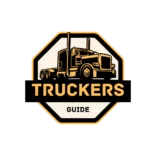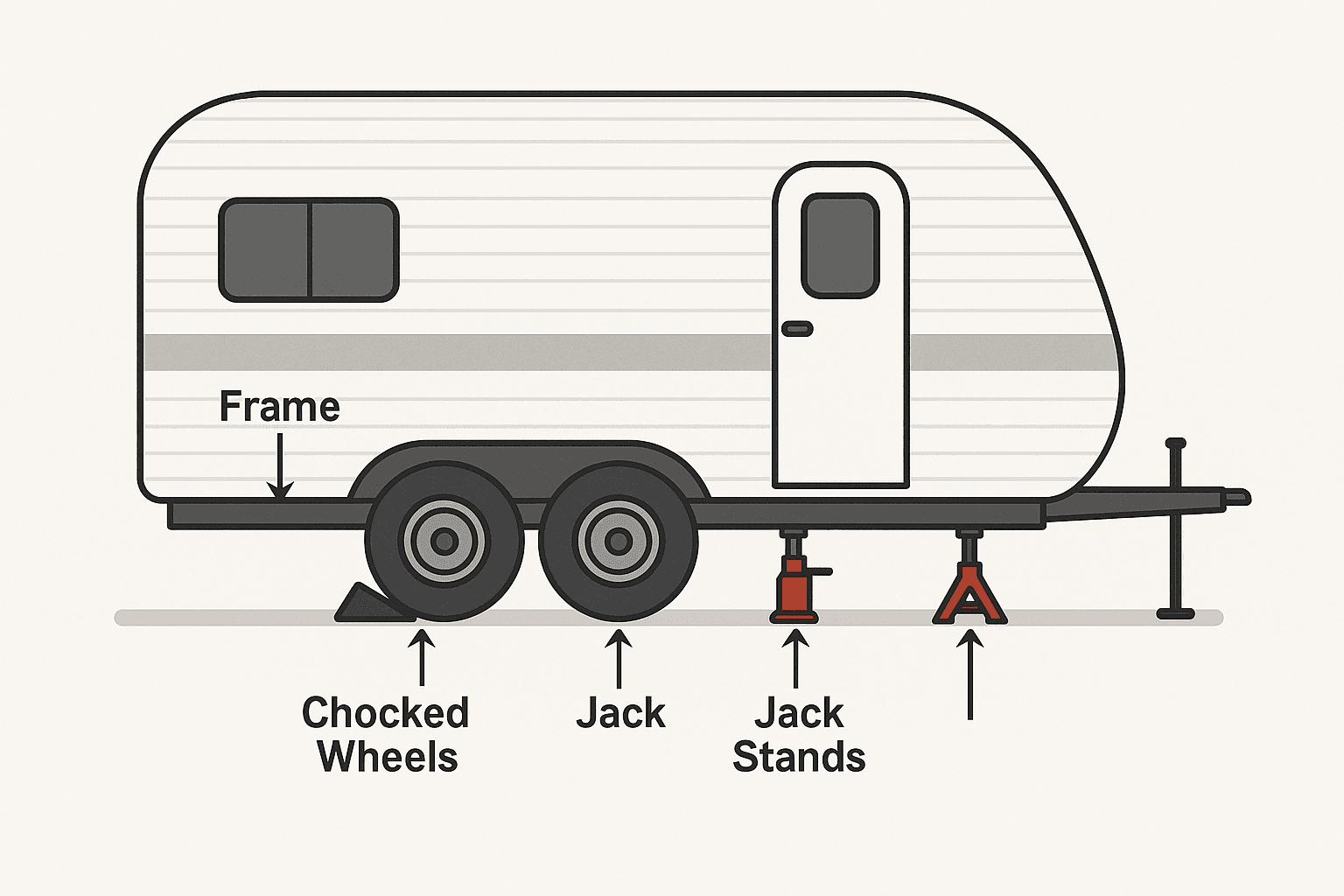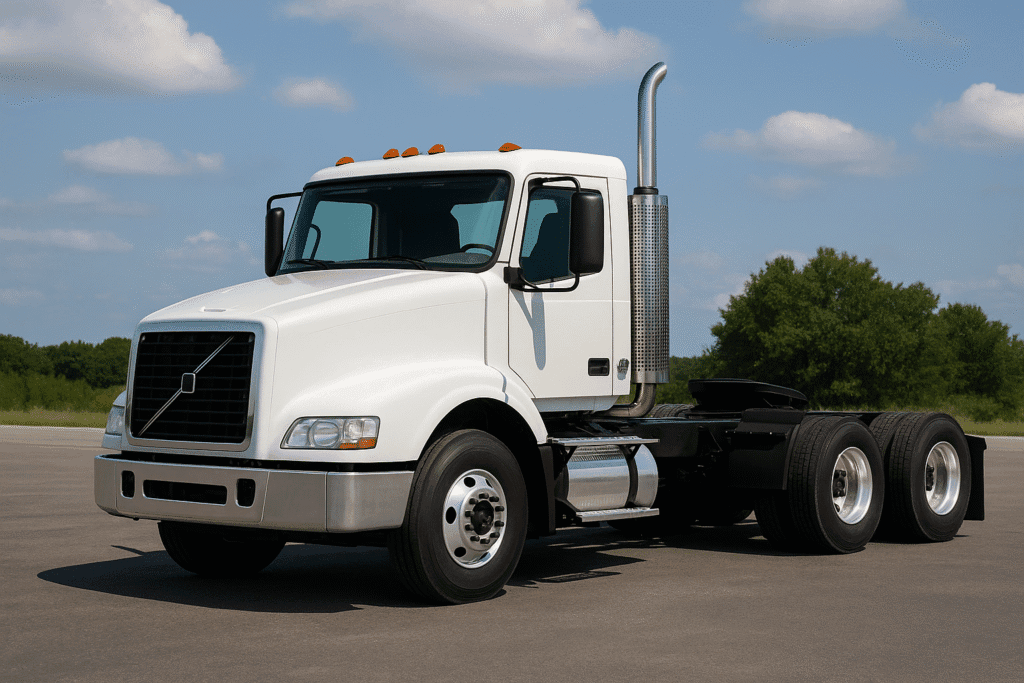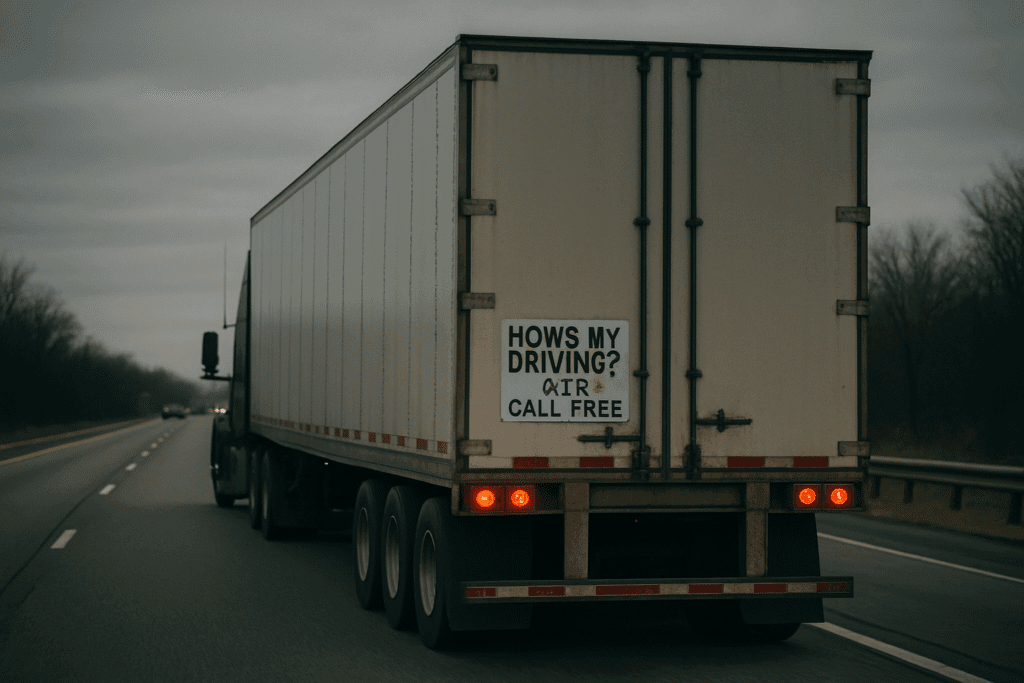How Do I Get a DOT Number and MC Authority?
Starting your own trucking business? Obtaining a DOT number and MC authority is one of the first—and most important—steps to ensure you are rolling legally. Whether you’re an owner-operator, fleet owner, or about to launch your authority, we’ll walk you through every piece of the process like you’re sitting across the booth at a truck stop diner. This guide cuts through the red tape and provides you with clear instructions on what to do, when to do it, and how to stay compliant once you’re on the road. If you are starting your Trucking Business, you can contact us for dispatch services. We also provide our own authority if you don’t have documents What Is a DOT Number and Why Do You Need One? Understanding the role of the Department of Transportation (DOT) The DOT number is like your truck’s fingerprint—issued by the Federal Motor Carrier Safety Administration (FMCSA), it identifies your vehicle during inspections, compliance checks, audits, and crash investigations. When a DOT number is legally required You need a DOT number if you: Intrastate vs Interstate requirements If you only drive within one state, check local rules—some states (like Texas and California) require DOT numbers for intrastate carriers, too. What Is an MC Authority and Who Needs It? What is Motor Carrier Authority in plain English? MC authority is your permission slip from FMCSA to haul loads-for-hire across state lines. When the MC authority becomes mandatory You need it if you plan to: Examples of carriers who need both DOT and MC DOT vs MC: What’s the Real Difference? Feature DOT Number MC Authority Purpose Safety tracking Operating authority to haul for-hire Who needs it? Most commercial vehicles For-hire carriers crossing state lines Cost Free $300 (non-refundable) Issued by FMCSA FMCSA Linked with insurance? Yes Yes Final Line: DOT is about safety. MC is about permission to get paid. Before You Apply: Are You Eligible? Business structure matters Before applying, establish your business as: This ensures you’re legally ready for contracts, insurance, and taxes. Insurance and financial readiness You’ll need liability and cargo insurance on file with FMCSA before authority is granted. Quick readiness checklist ✔ Legal business entity✔ EIN (Employer Identification Number)✔ Business bank account✔ CDL (if driving yourself)✔ DOT-compliant vehicle Getting Your MC Authority: The Application Process Step 1: File the OP-1 form through URS Select the operating authority type you need (e.g., motor carrier of property). Step 2: Pay the $300 application fee Non-refundable. Per authority type. Step 3: Wait for your docket number You’ll get this number while your application is under review. Step 4: Complete additional filings (insurance, BOC-3) You have 21 days from the application date to file insurance and BOC-3. Don’t Skip This: BOC-3 Filing (Designation of Process Agent) What is a BOC-3? A BOC-3 designates a legal agent in every state to accept court papers on your behalf. How to file it Use a BOC-3 filing service (required by FMCSA). Costs typically range from $25 to $50. It must be filed electronically—paper forms are not accepted. Insurance Requirements: What You’ll Need to Carry Minimum FMCSA insurance requirements Common policies Tips for lower premiums How Long Does It Take to Get a DOT Number and MC Authority? Typical timeline: Task Time Needed DOT Number Issuance Instantly MC Authority Application Review ~21 days Insurance & BOC-3 Approval 2–3 weeks (avg.) Total Time to Operate Legally 3–4 weeks (realistically) Delays can happen if: Do You Need a UCR (Unified Carrier Registration)? What is UCR? UCR is an annual registration fee based on fleet size. Applies to: All carriers operating interstate (with or without MC authority). Annual UCR Fee Table: Fleet Size UCR Fee (Approx.) 0–2 $41 3–5 $121 6–20 $242 Drug and Alcohol Testing Program Compliance Who must enroll? All CDL drivers operating vehicles over 26,000 lbs or transporting hazmat. Requirements include: Join a consortium if you’re a solo operator—costs around $100–$150 per year. Safety Audit: What Happens After Approval? New Entrant Safety Audit Within 12 months of MC activation, the FMCSA will conduct an audit of your business. They’ll check: Tip: Keep everything clean and organized from day one. Getting Your IFTA and IRP for Multi-State Operation What is IFTA? The International Fuel Tax Agreement simplifies reporting for fuel tax across state lines. What is IRP? The International Registration Plan provides you with apportioned license plates. How to register: File quarterly reports or face significant penalties. Common Mistakes That Can Delay or Deny Your Application Triple-check everything before you submit. What to Do If Your Application Is Rejected Why applications get denied: Fix it fast: Still stuck? Consider hiring a registration expert—it’s well worth it to avoid weeks of downtime. How Much Does It Cost to Get a DOT Number and MC Authority? Item Estimated Cost DOT Number Free MC Authority Application $300 BOC-3 Filing $25–$50 UCR Registration $41–$1,200+ Insurance Premium $5,000–$12,000+/yr Drug Testing Consortium $100–$150/year Tip: Set aside $3,000–$5,000 to cover your startup registration and early compliance costs. Can You Apply for DOT and MC Authority on Your Own? Yes, but… It’s doable, but it can be confusing if you’re new to the process. Pros of DIY: Cons of DIY: Third-party services charge $300–$600 but handle everything for you. Staying Compliant After You’re Approved Frequently Asked Questions (FAQs) Conclusion: Your Road to DOT and MC Authority Starts Here Obtaining your DOT number and MC authority is the first significant step toward becoming your boss in the trucking industry. It might feel overwhelming at first, but once you break it down, the process is straightforward and entirely within your reach. From filing the MCS-150 to submitting your BOC-3 and insurance, every step brings you closer to hauling legally and profitably. Whether you’re launching a one-truck operation or building a growing fleet, staying compliant with FMCSA regulations ensures your business stays on the road long-term. Remember:✔ Apply smart✔ File everything on time✔ Keep your records clean✔ Invest in compliance tools If you’re ready to take action under your authority, now’s the time










